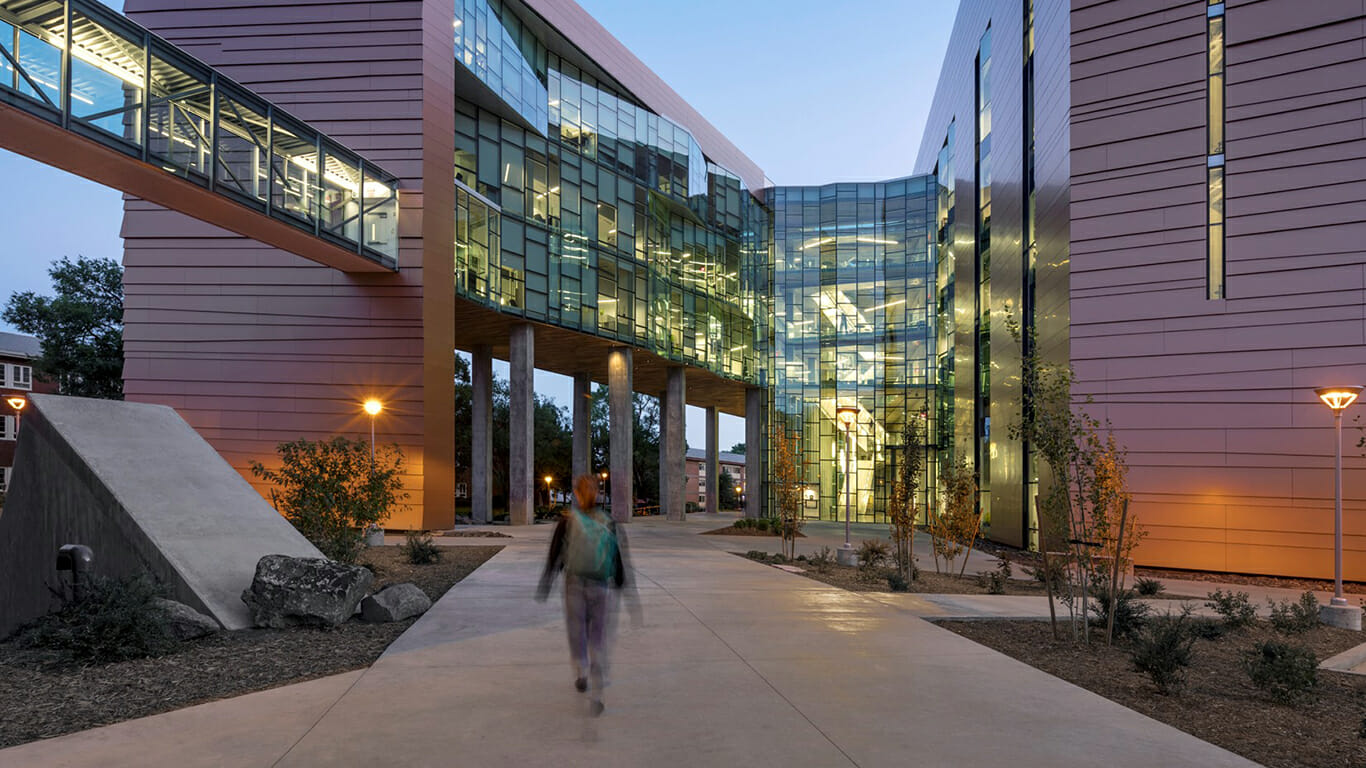From the University of Arizona in Tucson to Northern Arizona University in Flagstaff to Central Avenue in Phoenix, GLHN Architects & Engineers, Inc., has established itself as a creative and collaborative design and engineering firm.
Ranking Arizona: Top 10 architecture firms for 2023
Founded in Tucson in 1963 as Finical and Dombrowski, GLHN is celebrating its 60th anniversary. The name was changed to GLHN in 1989 and along the way the firm became 100 percent employee owned in 2008. GLHN also moved to its current location on Tucson’s Sunshine Mile in 1998 and opened its midtown Phoenix office in 2015.
“It’s important to me to work at a firm that has such a long and rich history in my community,” said Tiffany Gorrell, Director of Business Development + Marketing.” But I’m even more excited about where we are going in the future and the opportunity there is for growth.”
For 60 years, GLHN has provided architecture and mechanical, electrical and civil engineering, and commissioning to a diverse clientele. It focuses on municipal, higher education, healthcare, and utility master plans and infrastructure. GLHN also has expertise with central plants, parking garages, and vehicle maintenance facilities.
GLHN notable projects:
- University of Arizona Environment and Natural Resources 2 building;
- Catalina Parking Garage at Park Central;
- Northern Arizona University Science and Health Building;
- Banner University Medical Center Tucson New Patient Tower;
- City of Tucson Streetcar Maintenance Facility;
- Kino South Sports Complex.
As part of the Park Central Redevelopment in Phoenix, GLHN was the architect and engineer of record for the Catalina Parking Garage. At 11 stories with 2,005 spaces, it is the tallest parking structure in Arizona. It connects Phoenix’s iconic Park Central, the Dignity Health headquarters, the Creighton University Medical School, and residential living.
“It was important that the design of the parking garage felt like it was part of Park Central and captured the mid-century modern feeling of the development,” said Russ Combs, GLHN’s Director of Design and lead architect for the parking structure. “We were able to take it a step further and design a building that provided a canvas for local artists and elevated the connections between Park Central and the rest of midtown Phoenix.”
GLHN also takes a collaborative approach to the planning and design of healthcare and wellness projects. Its goal is to create healing environments that foster patient, staff, and visitor well-being. The GLHN healthcare and wellness studio boasts architects and engineers with more than 200 years combined experience
GLHN is also known for the creativity it brings to its civic projects. Its goal is to deliver public projects that become community models of aesthetics and efficiency. GLHN believes in collecting ideas and ensuring all parties feel heard, creating community buy-in for the ultimate result – a beautiful and efficient public space or infrastructure.
On its campus facility projects, GLHN utilizes a management team approach, engaging stakeholders from a range of campus departments and interests. As the consultant, GLHN employs a staged process to identify a range of practical alternatives and facilitate team decisions on location, site extents, exterior elevations, construction cost, and efficiency.
GLHN’s education projects range from a small HVAC job to a complex laboratory building. Its team of professionals enjoys solving unique problems. GLHN works with educational institutions with both short- and long-term budgets and life cycle considerations, rapidly changing technology, space flexibility, student and teacher comfort and safety, and energy efficiency.
“Civil design bookends most of our projects from small parks to campus infrastructure expansion,” said GLHN President Donna Mertes. “Working with our in-house architects and engineers to bring a project to successful completion is one of the things that has kept me at GLHN for more than 25 years.”
GLHN gives back to the community. Its beneficiaries include Phoenix Children’s Hospital, Tucson Festival of Books, American Red Cross, Diaper Bank of Southern Arizona, Feed My Starving Children, UA College of Architecture, Community Food Bank, and Pima Community College.




